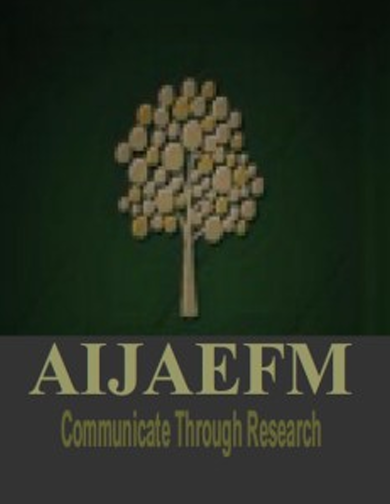Relationship Between Money Supply And Interest Rate In Nigeria 1990 – 2023
Keywords:
Relationship, Money Supply, Interest RateAbstract
This study investigates the relationship between money supply and interest rate in Nigeria from 1990 to 2023. The specific objectives were to examine the pattern of money supply and interest rate, assess the effect of Narrow Money (M1) on interest rate, determine the impact of Broad Money (M2) on interest rate, and evaluate the direction of causality between money supply and interest rate. Using the Autoregressive Distributed Lag (ARDL) model and Granger causality tests, the results reveal a long-run relationship among broad money supply (BM), exchange rate (EXR), gross domestic product (GDP), inflation (INF), and interest rate (INR) at the 5% significance level. The ARDL estimates indicate a long-run positive relationship between broad money supply and interest rate (0.521919), consistent with the Irving Fisher effect, and a long-run negative relationship between narrow money supply and interest rate (-6.81E-08). Granger causality analysis shows that interest rate Granger-causes broad money supply, inflation Granger-causes exchange rate, and a bidirectional causality exists between interest rate and inflation. The study recommends a balanced expansion of broad money aligned with real sector productivity, targeted liquidity interventions via narrow money to reduce interest rates, coordinated interest rate inflation policies, and inflation control measures to enhance exchange rate stability.





